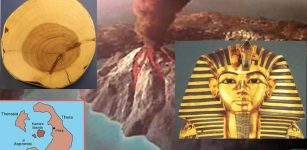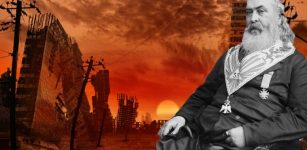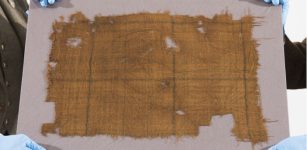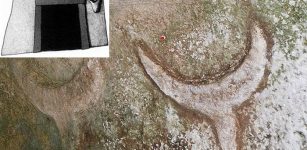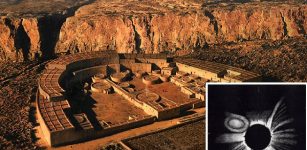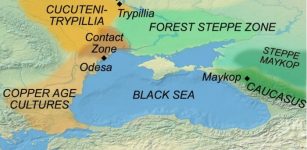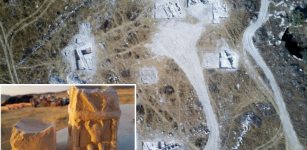On This Day In History: Hubble Space Telescope Was Launched – On April 24, 1990
AncientPages.com - On April 24, 1990, the Space Shuttle Discovery lifted off from Earth, from Kennedy Space Center in Florida, with the Hubble Space Telescope.
This image of the NASA/ESA Hubble Space Telescope was taken on 3 March 2002 during a servicing mission from the US Space Shuttle. Credit: NASA, ESA, HST
The following day, Hubble was released into space and began its great job of reshaping our perception of space. Today, Hubble provides views of cosmic wonders never before seen and is at the forefront of many discoveries.
Hubble has traveled more than 3 billion miles along a circular low Earth orbit currently about 340 miles in altitude.
The Hubble Space Telescope took decades of planning and research before it launched on April 24, 1990. Initially conceived in the 1940s, it was called the Large Space Telescope. Since its launch, Hubble has overcome its troubled beginnings by performing innumerable scientific observations that have revolutionized humanity's understanding of the universe. From determining the universe's age to observing dramatic changes in celestial bodies in our solar system, Hubble has become one of humanity's most powerful scientific instruments.
Hubble has made more than 1.2 million observations since its mission began in 1990, but the telescope does not travel to stars, planets, or galaxies. It takes pictures of them as it whirls around Earth at about 17,000 mph.
Hubble has traveled more than 3 billion miles along a circular low Earth orbit, currently about 340 miles in altitude.
Hubble is 13.3 meters (43.5 feet) long -- the length of a large school bus has no thrusters and turns at about the speed of a minute hand on a clock, taking 15 minutes to turn 90 degrees.
Hubble has peered back into the distant past to locations more than 13.4 billion light-years from Earth. Its primary mirror is 2.4 meters (7 feet, 10.5 inches) across. According to NASA, outside the haze of our atmosphere, Hubble can see astronomical objects with an angular size of 0.05 arc seconds, which is like seeing a pair of fireflies in Tokyo from your home in Maryland.
AncientPages.com


